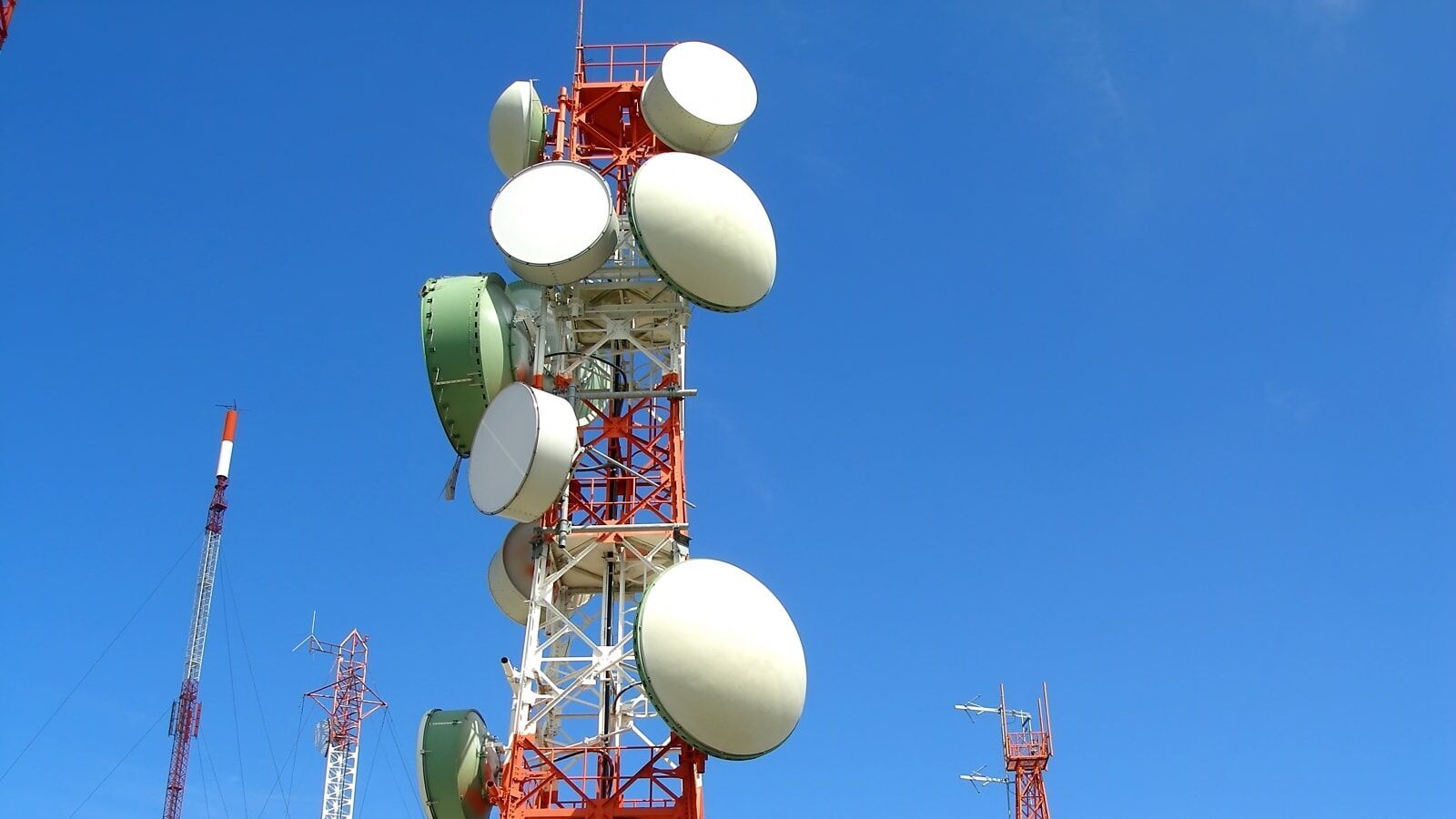People using 4G or 5G phones will soon be able to see the names of anonymous callers, a move designed to curb the menace of spam calls.
The Department of Telecommunications (DoT) has written to the telecom regulator, informing it that operators have successfully completed trials of the calling name presentation (CNAP) service for 4G and newer networks, and the service can be rolled out immediately.
The feature, which the DoT will notify, aims to help users identify who is calling, make an informed decision about whether to pick up, and reduce unwanted spam calls.
Telecom operators will display caller names using the details in the customer application form (CAF), which every user fills out when applying for a phone connection.
However, about 200 million users on 2G will not be able to see the unidentified caller’s name on their screens.
Telecom upgrade
“Due to multi-technology, multi-vendor environment and legacy network, TSPs reported non-availability of software patches and other technical upgrades required for implementation of CNAP service in circuit-switched networks (which 2G uses),” DoT told the Telecom Regulatory Authority of India (Trai) in a letter last month. The department added that the service can be implemented after technical feasibility is achieved.
The implementation of the service, a competitor to third-party apps like Truecaller, has been pending for a long time. Trai had sent its recommendations to DoT in February 2024. A year later, it again asked DoT to urgently introduce CNAP for transparency and avoid financial fraud, at least from businesses that buy bulk connections and often spam users.
Meanwhile, DoT also said the CNAP service shall be available by default and users who do not want it can request to disable it as per procedure. Trai had recommended that the operators provide the service to their subscribers upon their request.
“Provision of CNAP service upon request of subscribers would undermine the very objective of its introduction, since sensitizing millions of telecom subscribers for activation of such service involves considerable effort,” DoT told Trai. It added that the option of opting out will be a balanced approach, handling both the issues of privacy as well as the genuineness of a call.
“The CNAP feature should be included as a basic service for users, following international best practices, as it benefits consumers. It is also an effective way to curb spam calls,” said Satya N. Gupta, former principal advisor at Trai. 4G/5G smartphones are not expected to have any issues with the implementation of the feature, he said.
To ensure that the handsets support the service, DoT is also expected to take up the matter with the ministry of electronics and information technology (MeitY).
#users #caller #curb #spam #calls #nears #rollout



